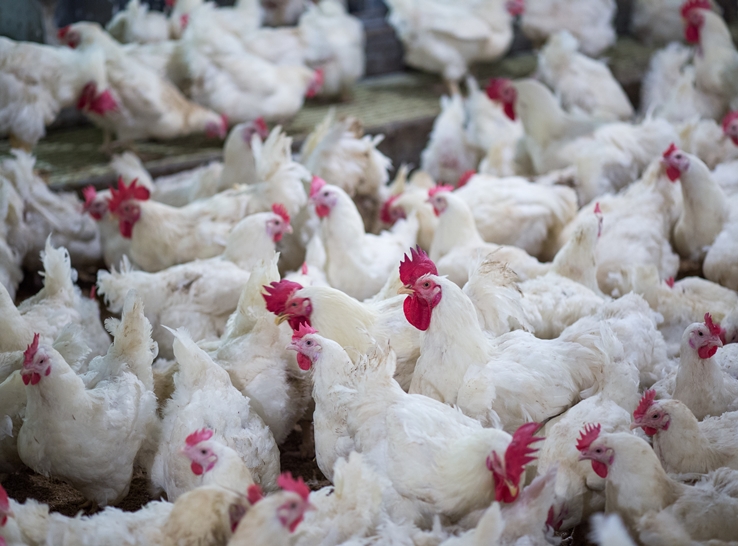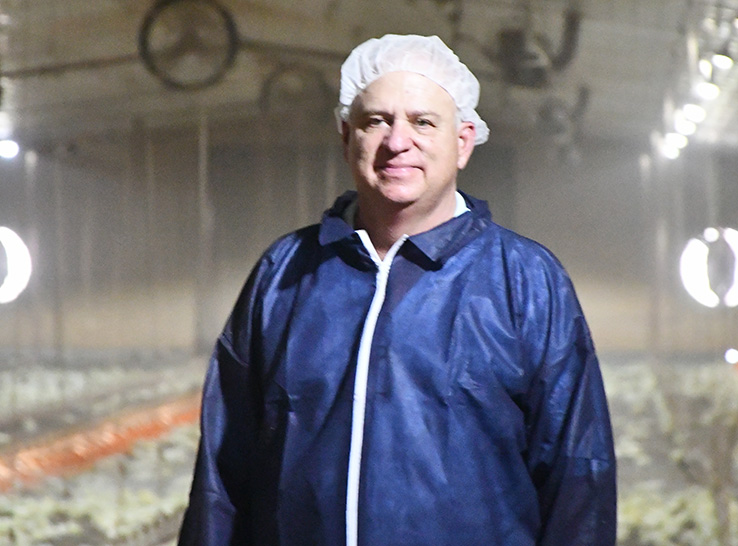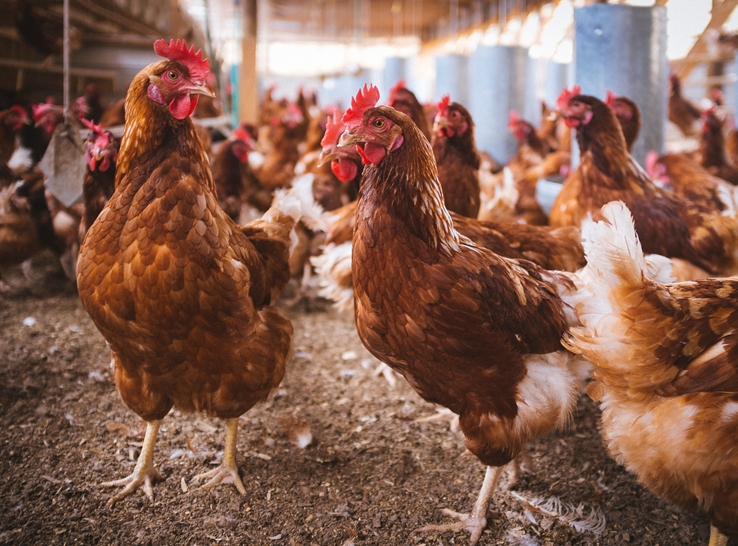The chicken carcass is the broiler industry’s final product, but a range of issues can affect its quality and, ultimately, the amount of edible food available for consumers.
For producers, there are a variety of ways to manage outcomes, says an industry expert — starting with the earliest stages of birds’ lives.
“Increasing meat production to feed the world’s population is one of the main challenges for broiler producers. To achieve this, it’s crucial to extract the maximum nutrients from food,” explained Liris Kindlein, DVM, professor at the Universidade Federal do Rio Grande do Sul in Brazil.
“But when slaughtering a broiler chicken, what’s the expected carcass weight? The answer is, it depends. Meat quality is affected by complex parameters throughout the production cycle.”
Speaking at a webinar hosted by the Poultry Science Association, Kindlein said factors involved in carcass quality range from chick quality to bone development and environmental conditions.
“It will always be multifactorial, and we can minimize the consequences or eliminate the causes…The integrated broiler system has information that makes it possible to track the factors that may be causing losses in carcass quality at the slaughterhouse,” Kindlein noted.
Chick quality paramount
Chicks are the “primary raw material for producing a packaged carcass,” she continued, making chick quality imperative. Appropriate management of breeder hens and incubation is needed, given the oversized impact of the chick’s first 7 days on its overall development.
“The physiological state of the chicks and hatching is significantly influenced by the nutrition of the breeder hen, affecting the chick’s size, vigor and immune status. Additionally, housing chicks from breeders of various ages can lead to non-uniformity in the batch from the first day of life,” she said.
Around 80% of hatcheries’ results depends on the quality of eggs they receive, she noted. Thin-shelled eggs due to inadequate care of breeder hens can be vulnerable to contamination with pathogens which cause respiratory disease, while incubation times and humidity control must consider the weight of the eggs and their genetic lineage.
Where there is poor quality at this stage, uneven chick size can occur. Non-uniform chicks can then have different feeding habits, feed-conversion rates and ultimately result in non-uniform carcasses, with more contamination in the slaughterhouse and greater numbers classified as thin or wasted.
Controlling influential factors
To ensure proper weight gain in chicks, Kindlein advised producers to monitor the percentage of chicks with a full crop after placement, with the aim of achieving 75% after 2 hours, over 85% at 12 hours and at least 98% at 24 hours. If missing these targets, producers should look at potential issues such as overheating, hydration, injuries or deformities and the quality of umbilical healing. Poor healing can lead to omphalitis or airsacculitis.
Kindlein pointed to a 2021 rise in airsacculitis cases in Brazilian broiler production, leading to a study in the hatcheries of four companies. Of 29 flocks sampled, there was airsacculitis in 18 and Escherichia coli associated with over 58% of the cases.
“It’s important to ensure the immune protection of the mother and consequently improve the quality of the product,” she said.
Respiratory problems that undermine uniformity are also linked to air-quality issues such as excessive ammonia, carbon dioxide, humidity or dust. Ammonia above 25 parts per million or carbon dioxide above 3,000 parts per million can pose a risk, she explained, and attention to detail around ventilation is necessary to prevent litter-quality issues which can have an impact throughout birds’ lives.
“It’s crucial to reduce environmental challenges that are predisposing factors for diseases. That improves the quality of carcasses and also improves the health status of birds,” she added.
Lifelong impacts of bone issues
Close attention is also needed to the development of bony tissue in birds, Kindlein continued. She highlighted the connections between slaughter weight and locomotor problems such as arthritis and tibial dyschondroplasia seen in research carried out on production sites in Brazil, with leg problems closely linked to the high-growth stages of weeks 1 and 3 of birds’ lives.
The anatomical angles that develop as birds grow are pivotal to their locomotor abilities, she said. And with the tibia being the fastest-growing bone, young broilers are particularly prone to problems. For example, tibial dyschondroplasia accounts for 6.5% of tibial fractures.
Housing conditions can be influential in the development of locomotor issues, with researchers recording higher incidence of deformities in automated systems. A greater understanding of how best to manage the animals in such systems is required, Kindlein remarked, including analysis of density and daily weight gain.
Thermal stress can also be a problem contributing to later carcass-quality issues, reducing bone density and mechanical strength. The prevalence of pathogens that can contribute to the development of arthritis can also increase in favorable temperatures.
Gut links to nagging performance problems
Balanced nutrition is also a prerequisite for bone health, Kindlein said. A balance of calcium and phosphorus is needed, alongside vitamin D3 supplementation. Elevated glucose levels have also been linked to bone disease in broilers in a recent study.
Beyond balanced intake of vitamins and minerals, a broader perspective of effective management of the gut health of growing broilers is required to improve carcass uniformity.
“In field situations of birds exhibiting locomotor problems, assessing intestinal integrity is important,” she continued. Signs of flaking in intestinal mucosa can act as a gateway for opportunistic bacteria, which can influence the development and severity of arthritis.
“It is essential to study intestinal health, and management strategies must be tested to control intestinal flora and locomotor disease,” she concluded.
“Research on the uses of antibiotic alternatives in broiler production, such as probiotics, eubiotics, synbiotics and probiotics, is ongoing. We have a lot of work to do in the coming years.”








